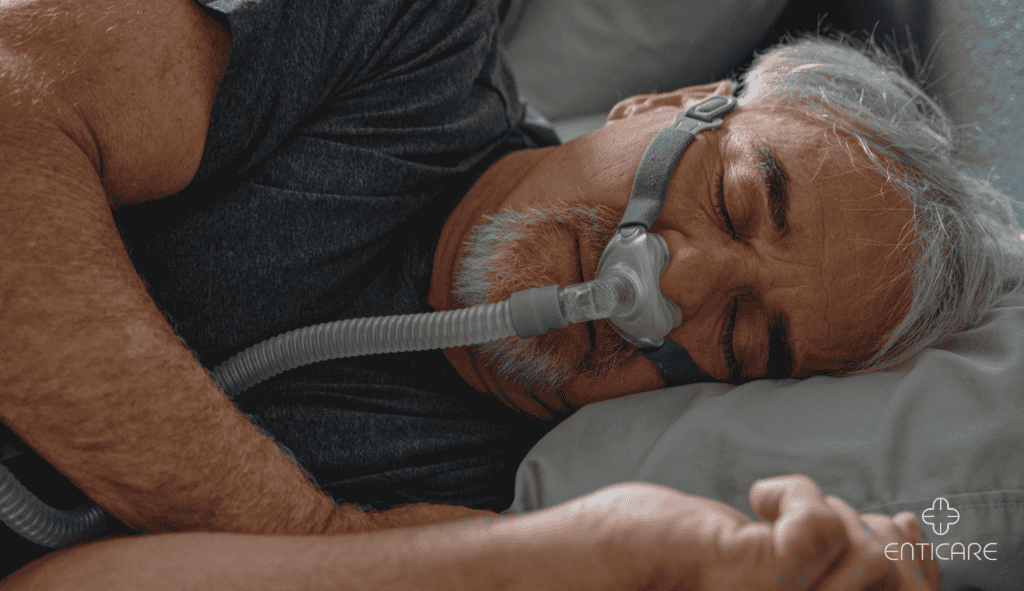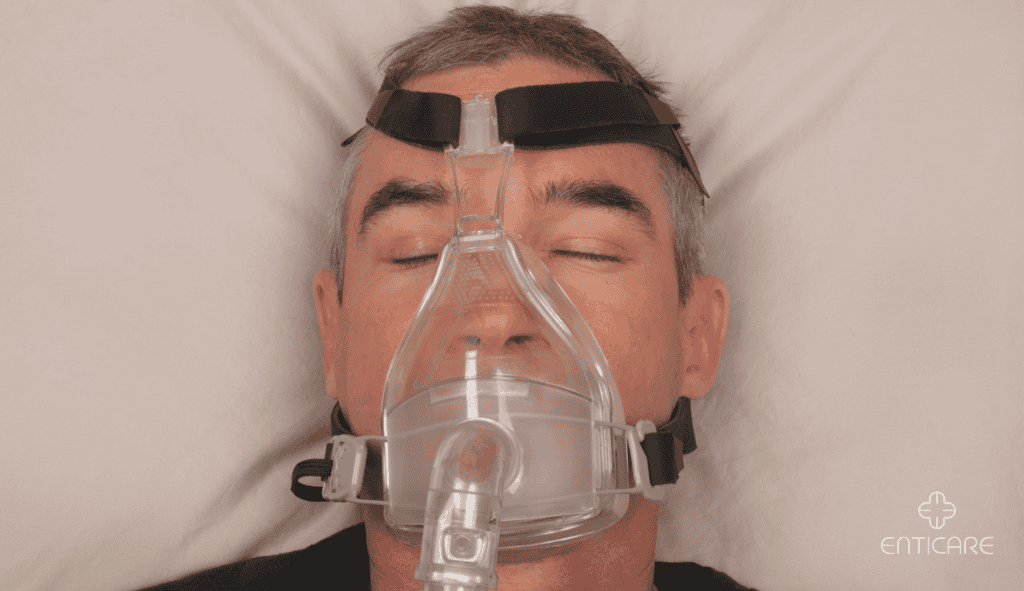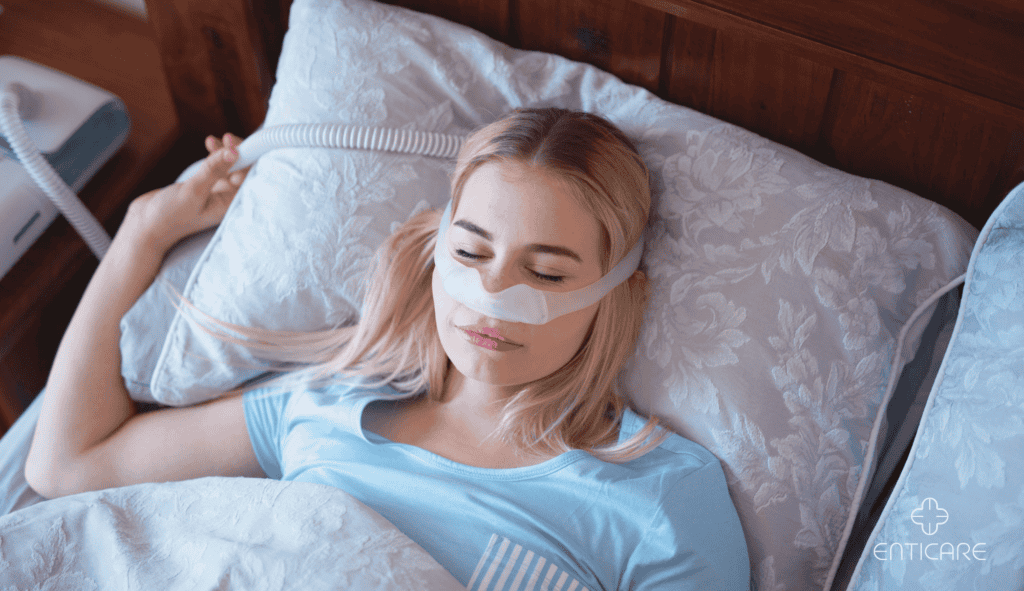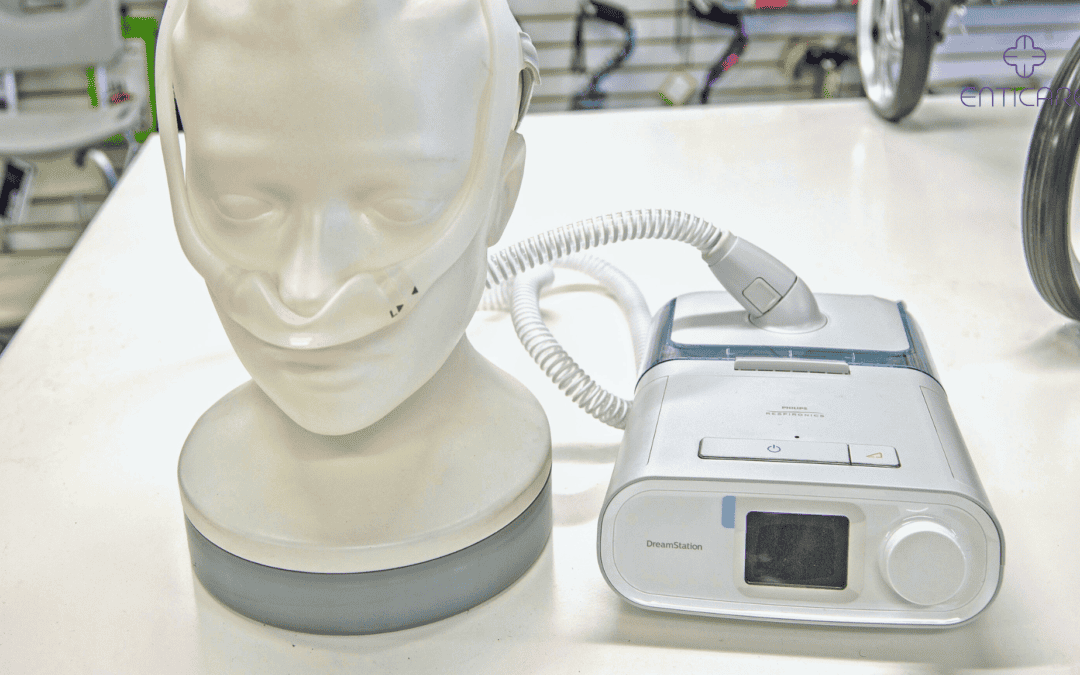In the realm of sleep apnea treatment, the BiPAP (Bilevel Positive Airway Pressure) Machine stands out as a critical tool for those who struggle with breathing during sleep. This blog will guide you through everything you need to know about BiPAP machines, from their uses and benefits to side effects and alternatives. By the end, you’ll have a comprehensive understanding of how this Machine can improve your quality of life.

What Is a BiPAP (Bilevel Positive Airway Pressure) Machine?
A BiPAP machine is a non-invasive device that helps individuals with breathing difficulties, particularly those with sleep apnea, breathe more easily during sleep. Unlike the CPAP (Continuous Positive Airway Pressure) machine, which delivers a single continuous pressure, the BiPAP machine offers two different pressures: higher air pressure for inhalation and lower pressure for exhalation. This makes breathing more natural and comfortable, especially for those who find CPAP machines too difficult to tolerate.
Understanding the Mechanism
The BiPAP machine operates by delivering pressurized air through a mask that fits over your nose, a nasal mask, or nose and mouth, keeping your airways open during sleep. It’s programmed to provide a higher pressure when you inhale and a lower pressure when you exhale, which mimics natural breathing patterns and reduces the work of breathing.
Benefits of Using a BiPAP Machine
The benefits of using a BiPAP machine extend beyond merely improving sleep quality. It can significantly impact overall health and well-being, especially for those with severe respiratory conditions.
Enhanced Breathing Comfort
The primary benefit of a BiPAP machine is the increased comfort it offers over CPAP machines. The dual-pressure system makes it easier to breathe, especially for those who struggle with exhalation against continuous pressure. This comfort often leads to better adherence to therapy, which is crucial for managing sleep apnea and other respiratory conditions effectively.
Using a full-face CPAP mask with BiPAP machines can further enhance comfort by providing a secure fit and reducing pressure points, making it easier to maintain therapy throughout the night.
Improved Sleep Quality
By keeping your airways open and reducing the number of apnea episodes, a BiPAP machine improves your sleep quality. Better sleep leads to reduced daytime fatigue, improved cognitive function, and an overall better mood. For many, this improvement in sleep quality is life-changing.

Choosing the Right BiPAP Mask
Choosing the right BiPAP mask is crucial for effective sleep therapy. A well-fitted mask ensures proper therapy adherence and helps prevent common issues such as leaks and skin irritation. Here are some tips to help you choose the right BiPAP mask:
-
- Consider Your Face Shape and Size: Different masks are designed to fit various face shapes and sizes. It’s essential to find a mask that matches your facial structure to ensure a secure and comfortable fit.
- Think About Your Comfort Level: Comfort is key when it comes to wearing a BiPAP mask. Look for masks with soft, flexible materials that won’t cause discomfort during the night.
- Consider Your Breathing Needs: Different masks provide different levels of air pressure. Choose a mask that meets your specific breathing requirements to ensure effective therapy.
- Read Reviews and Ask for Recommendations: Consult your healthcare provider and read reviews from other users to find out which masks are the most effective and comfortable.
Some popular types of BiPAP masks include:
-
- Full Face Masks: These masks cover both the nose and mouth, making them ideal for users who breathe through their mouth.
- Nasal Masks: These masks cover only the nose, and they are suitable for users who breathe through their nose.
- Nasal Pillow Masks: These masks fit directly into the nostrils, offering a minimalist design for those who prefer less bulk.
Using a BiPAP Machine
Using a BiPAP machine can take some getting used to, but with practice, you can become comfortable and confident. Here are some tips to help you use your BiPAP machine effectively:
- Follow the Manufacturer’s Instructions: Always read the user manual and follow the manufacturer’s guidelines for setting up and using your BiPAP machine.
- Adjust the Settings: Work with your healthcare provider to fine-tune the settings on your BiPAP machine to meet your specific breathing needs.
- Use the Machine Consistently: Consistent use is crucial to get the most benefit from your BiPAP therapy. Make it a part of your nightly routine.
- Clean and Maintain the Machine: Regular cleaning and maintenance are essential to prevent the buildup of bacteria and other microorganisms.
Some common features of BiPAP machines include:
- Adjustable Air Pressure: BiPAP machines allow you to adjust the air pressure to suit your breathing needs, providing a more personalized therapy experience.
- Timed and Automatic Settings: These machines can be set to provide timed or automatic air pressure adjustments, ensuring optimal support throughout the night.
- Heated Humidifiers: Some BiPAP machines come with heated humidifiers to add moisture to the air, preventing dryness and irritation.

Potential Side Effects of BiPAP Therapy
While BiPAP machines offer significant benefits, they are not without potential side effects. Understanding these risks can help you make an informed decision about whether BiPAP therapy is right for you.
Dryness and Irritation
One of the most common side effects of using a BiPAP machine is dryness and irritation of the nasal passages and throat. The pressurized air can dry out these areas, leading to discomfort, nosebleeds, and even sinus infections. Many machines come with a built-in humidifier to combat this issue, but some users may still experience symptoms.
Mask Discomfort and Skin Irritation
Finding a mask that fits well and feels comfortable can be challenging. Ill-fitting masks can lead to pressure sores, skin irritation, and even open sores in severe cases. Adjusting the fit, trying different mask styles, and using mask liners can help alleviate these issues.
Bloating and Gas
Some users experience bloating, gas, and stomach discomfort due to swallowing air while using the BiPAP machine. This condition, known as aerophagia, can be uncomfortable and may require adjustments to the Machine’s pressure settings or switching to a different type of therapy.
Is BiPAP Therapy Right for You?
Deciding whether BiPAP therapy is the best option for you depends on several factors, including the severity of your condition, your comfort with the Machine, and any underlying health issues you may have. It’s essential to consult with a healthcare provider who can guide you through the process and help you make an informed decision.
Consulting a Specialist
If you think BiPAP therapy might be right for you, scheduling an appointment with a sleep specialist is the next step. They can conduct a thorough evaluation, including a sleep study, to determine the best course of action for your specific needs.
The Path to Better Health with Sleep Apnea Treatment
BiPAP therapy can significantly improve your quality of life by enhancing your breathing and sleep quality. With the right care and adjustments, you can enjoy a restful night’s sleep and better overall health.
Take the First Step Towards Better Sleep
BiPAP machines offer a powerful solution for those struggling with sleep apnea and other respiratory conditions. By providing enhanced breathing comfort, improving sleep quality, and supporting complex respiratory conditions, BiPAP therapy can make a significant difference in your life. If you’re ready to explore whether BiPAP therapy is right for you, take the first step by scheduling an appointment with a sleep specialist.
Schedule your appointment today and start your journey towards better sleep and improved health.

